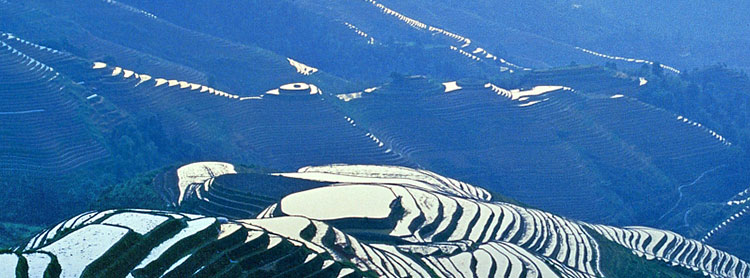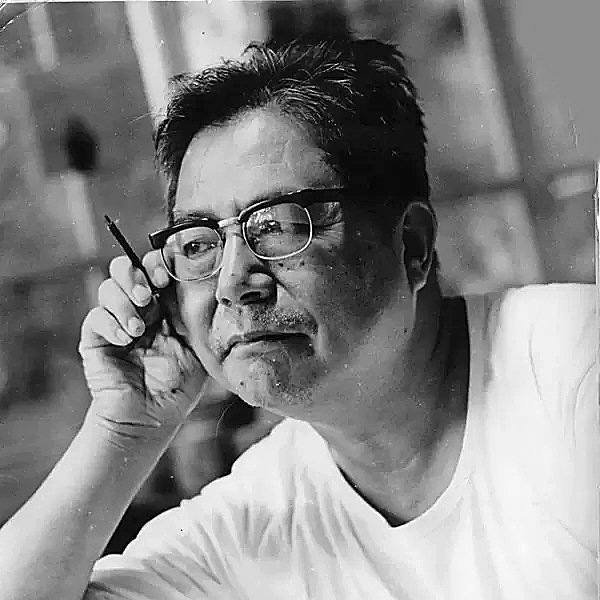
 Discover Guilin
Discover Guilin

The artist devoted himself to ushering tradition into modernity.[Photo/CHINA DAILY]
Growing up on the outskirts of Fuzhou, Fujian province, Li began his career at the Shanghai Art School, then headed by Liu, where he was trained by a group of well-known, innovative painters.
Many of his tutors had studied art in Europe and Japan, and his paintings reveal the influence of European art movements, such as fauvism, cubism and surrealism, as a result of their teaching.
While at the school, Li earned the pseudonym of Heishaluo, or "a black camel in the sand". He said that doing art demanded the same perseverance and endurance of a camel — an animal he admired.
One of his mentors at the school, Ni Yide (1901-70), a renowned painter, said the expressiveness of Li's output made people "feel the strength and firmness of steel, and his strokes are done in a quick, decisive manner… with great vitality".
Ni's insight also neatly summarizes Li's calligraphy and seal art.
Li once said: "Every seal I have engraved shows a glimpse of my inner world and reveals my strong emotions and aesthetic views."
His father sparked his initial interest in calligraphy. He studied the evolution of characters on oracle bones and archaic bronzes, and was also inspired by the changes introduced by modern artists like Wu Changshuo (1844-1927) and Qi Baishi (1864-1957), whose style of seal engraving gave the art a refreshing touch.
Li viewed carving characters on seals as an alternative form of drawing, but in a highly summarized manner.
Liu once described Li's work as embodying "unsophisticated beauty with the weight of what he has learned over time, as powerful and lively as the Guilin landscape".
Wu Hongliang says that Li is a cultural forerunner and should not be overlooked by the public. "He was nourished by tradition but not confined by it; he looked to the outside world, while remaining rooted in the ground from which he came."
The exhibition is on at the Art Museum of the Beijing Fine Art Academy until May 11.